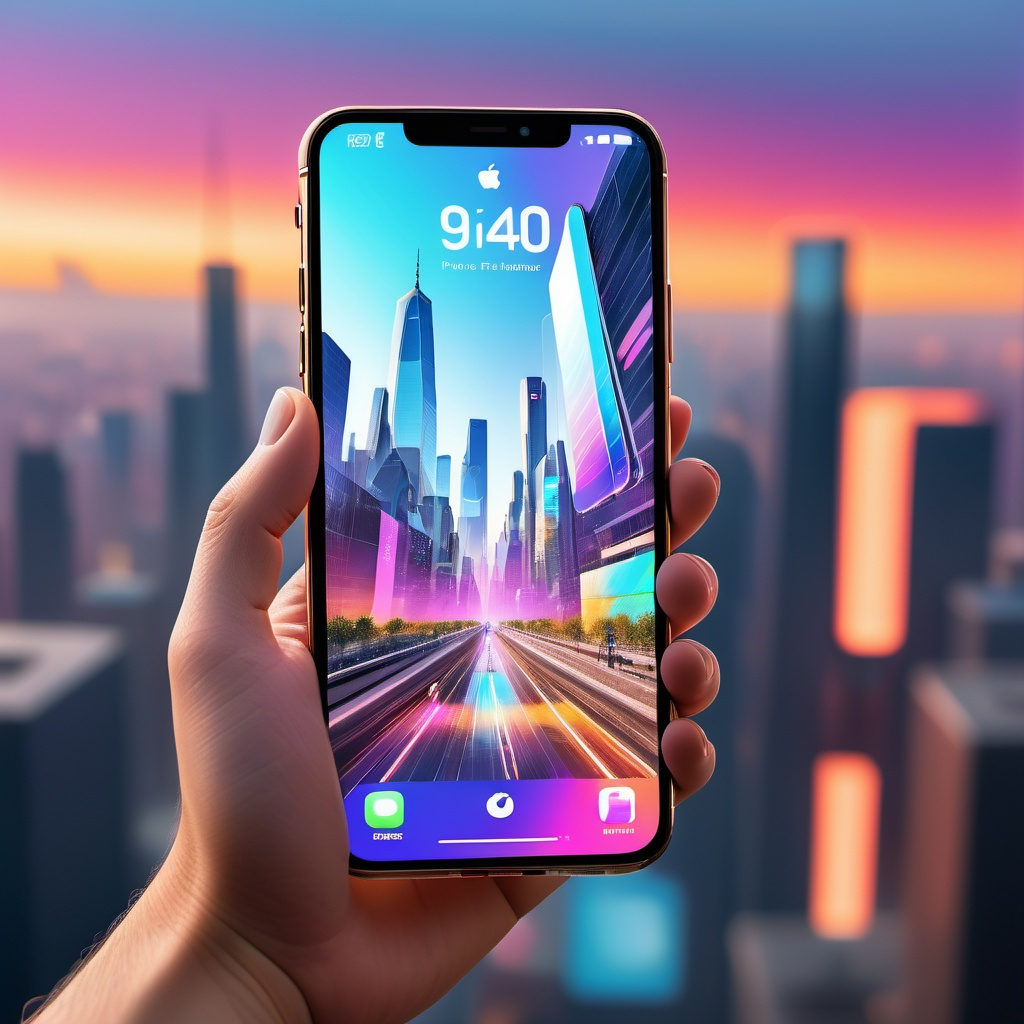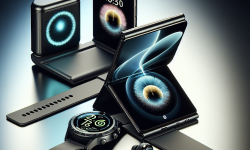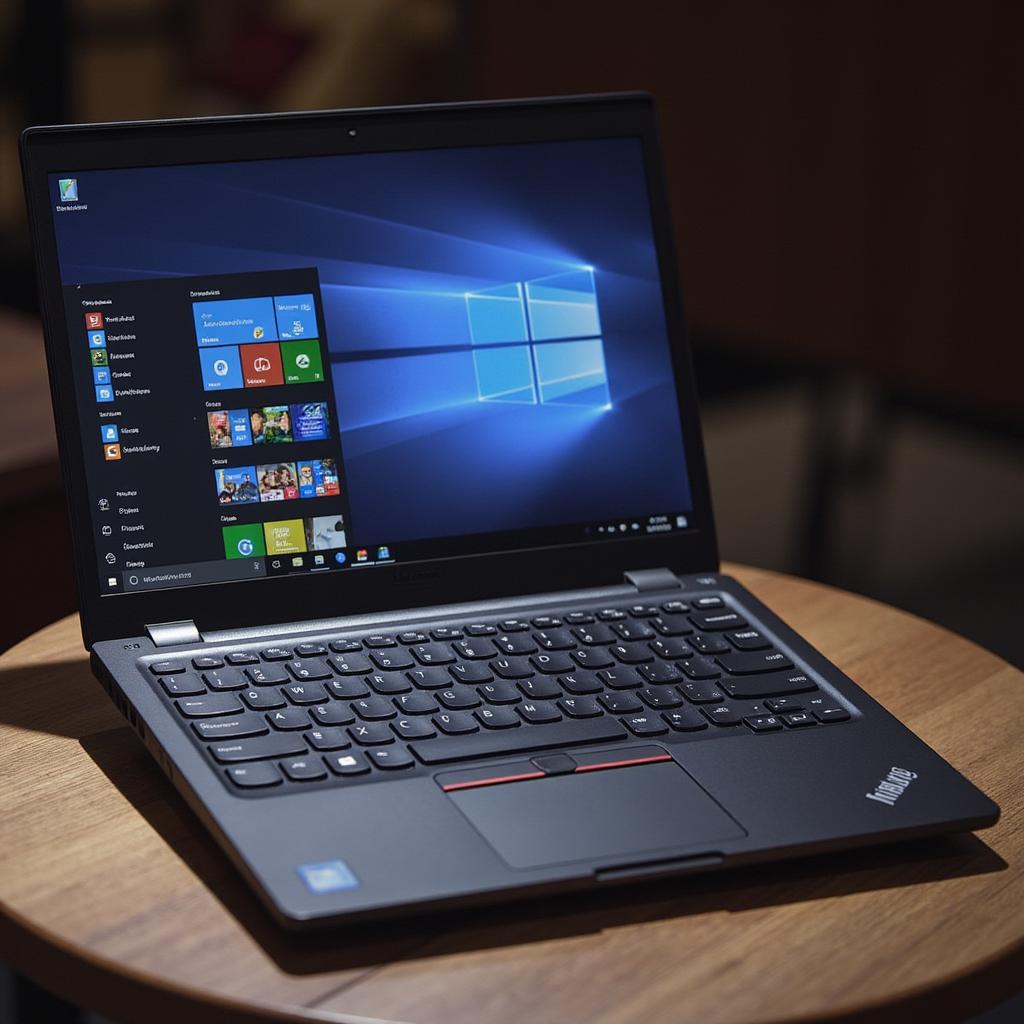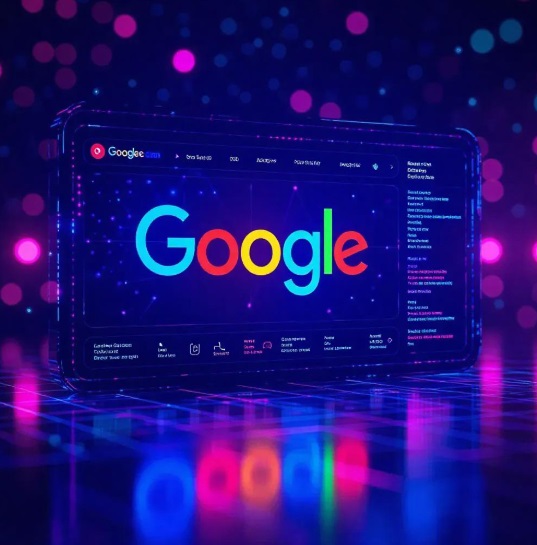
A Leap into Visual Intelligence
Apple is set to unveil a fascinating addition to its iPhone 15 Pro and Pro Max models with the upcoming iOS 18.4 update. This update introduces **Visual Intelligence**, a feature reminiscent of Google Lens, designed to enhance how users interact with the world through their phone’s camera. Initial reports from sources like 9to5Mac have confirmed its arrival, creating buzz about enhanced capabilities in visual recognition and augmented reality.
The Mechanics of Visual Intelligence
Visual Intelligence operates through advanced **machine learning algorithms** that analyze scenes, identify objects, and provide contextual information to users. Much of this technology has been refined over numerous iterations of iOS and Apple’s commitment to integrating sophisticated **AI solutions** into their devices.
For instance, if you encounter a new plant while hiking, a mere click of your camera could yield instant data regarding its species, care instructions, and ecological significance. Such functionalities have profound implications, not only for casual users but also for professionals in various fields, including education and environmental studies.
How to Access Visual Intelligence
What makes Visual Intelligence particularly engaging is its accessibility. Unlike iPhone 16 models equipped with dedicated Camera Control buttons, users of the iPhone 15 series will invoke Visual Intelligence via the **Action Button** or through the **Control Center**. This decision highlights Apple’s design philosophy of maintaining a streamlined user experience while adapting to the unique characteristics of each device model.
Comparative Analysis: iPhone 16 vs. iPhone 15
The contrast between iPhone 15 and iPhone 16 regarding this feature is significant. While the latest models directly integrate the Visual Intelligence through specific camera hardware, the iPhone 15 series relies on its existing capabilities, underscoring Apple’s approach to ensuring relevance across its product lineup. The Visual Intelligence toolkit signals Apple’s confidence in its **software-driven enhancements**, despite the older hardware.
Potential Use Cases for Visual Intelligence
Consider a busy restaurant scene where a diner wants to identify a featured dish. With Visual Intelligence, the camera can analyze the plate and provide details about the ingredients or even suggest wine pairings. This kind of instant information access could revolutionize dining experiences and increase consumer engagement in culinary settings.
Another example lies in home improvement and DIY tasks. Users can point their camera at complex assembly instructions, and Visual Intelligence can overlay additional guidance or tips, effectively bridging the gap between digital instructions and real-world tasks.
The Competitive Landscape
Apple’s foray into Visual Intelligence places it in direct competition with products like Google Lens, which has established dominance in this niche. Google’s offerings allow users to copy text from images, translate languages, and even visualize new hairstyles through augmented reality. Apple’s challenge will be to ensure that Visual Intelligence not only matches these capabilities but also integrates seamlessly with other Apple services like **Siri** and **Apple Maps**, creating a coherent ecosystem for users.
The Tech Behind Visual Intelligence
Diving deeper into the technology, the backbone of Visual Intelligence is a combination of **computer vision** and **artificial intelligence**. Computer vision allows devices to interpret and understand visual information from the world, iterating upon millions of processed images to improve accuracy over time. Coupled with AI, these systems can learn from user interactions, refining their performance and responsiveness.
Privacy and Data Concerns
As with any technology that leverages AI and data processing, privacy concerns loom large. Apple has consistently prioritized user privacy, and it will need to ensure that Visual Intelligence adheres to its high standards. This includes transparent data usage practices and the capability for users to control their privacy settings comprehensively.
Looking Ahead: The Future of Visual Intelligence
As we anticipate the official rollout of iOS 18.4 in April, excitement builds over the implications of Visual Intelligence. It represents a critical step toward the integration of everyday devices with intelligent contextual awareness. The continuous evolution of such technology will likely spark further innovations in various sectors, from retail to education, pushing boundaries of what is possible with smartphones.
In conclusion, the introduction of Visual Intelligence highlights Apple’s commitment to leading in mobile technology. It serves as a reminder of how devices are not merely tools but extensions of our cognitive capabilities, enhancing our interactions with the world and driving the future of smart devices.
To learn about the disclaimer of liability for the content of this website, click here




